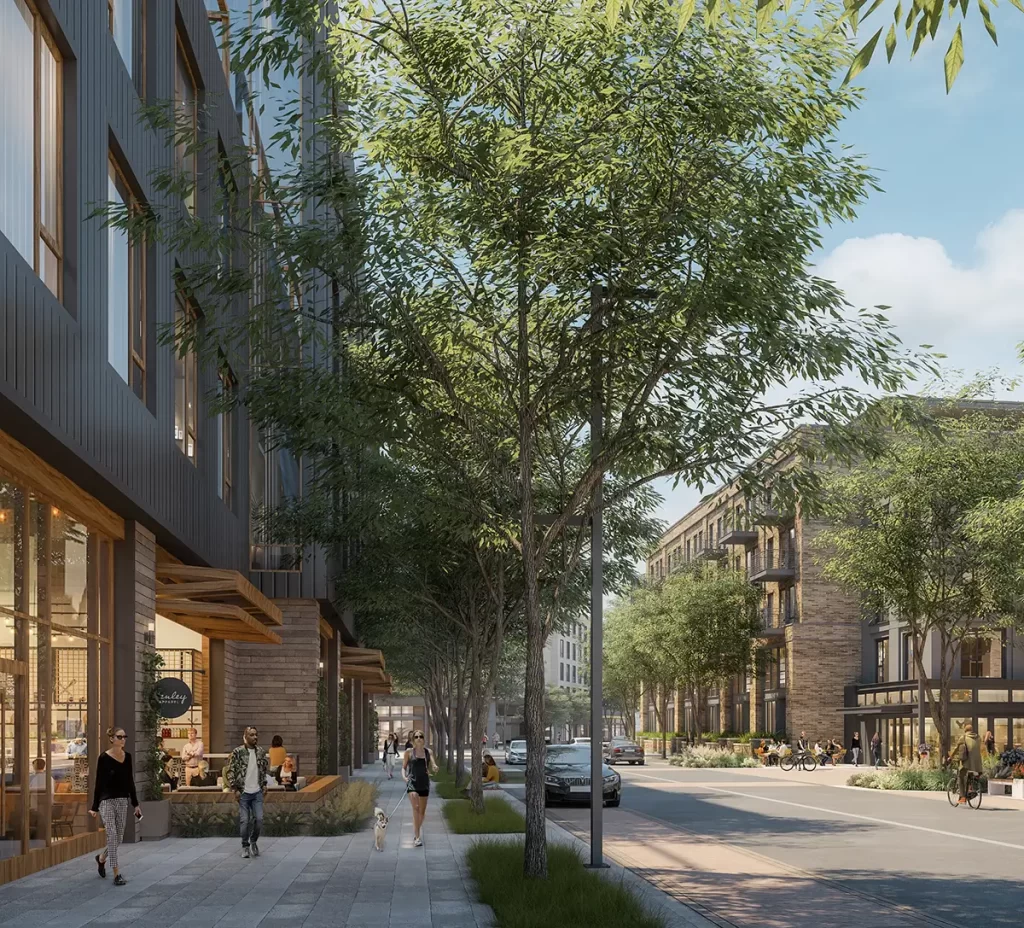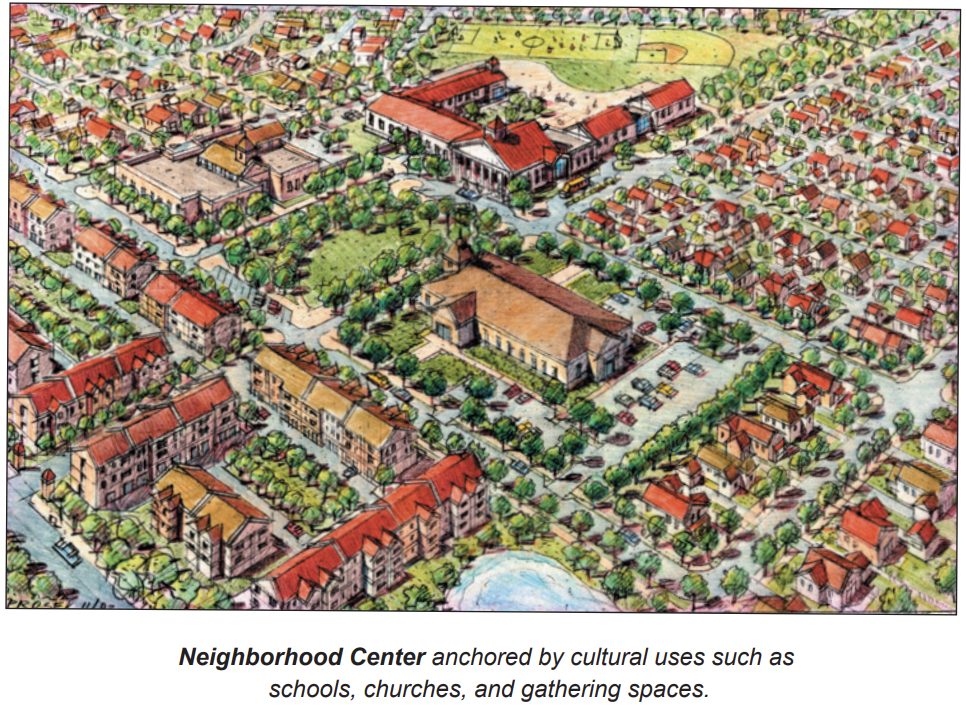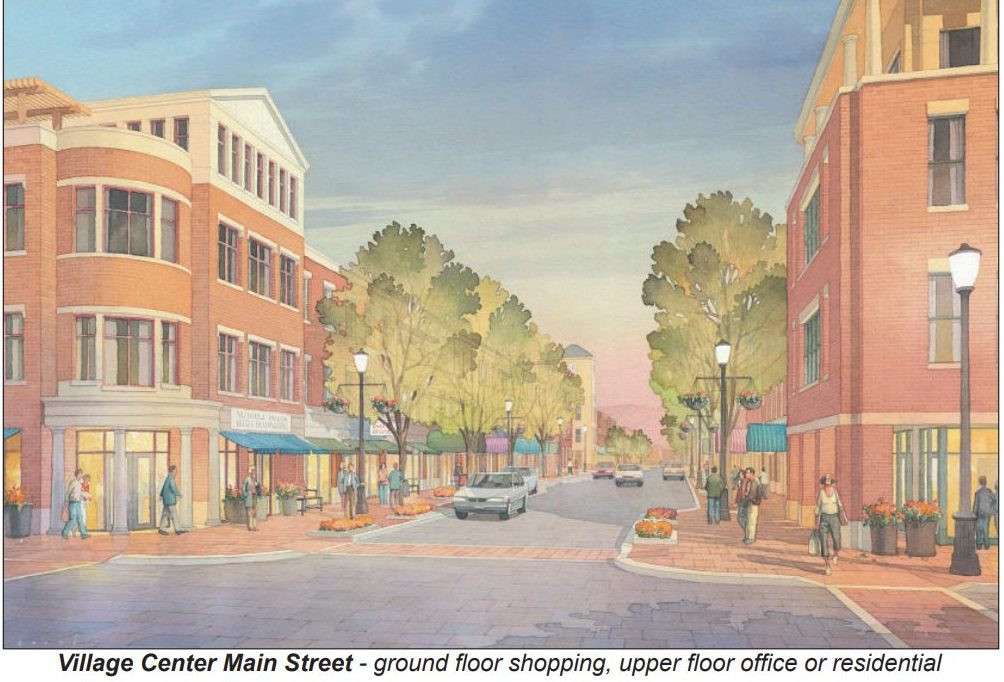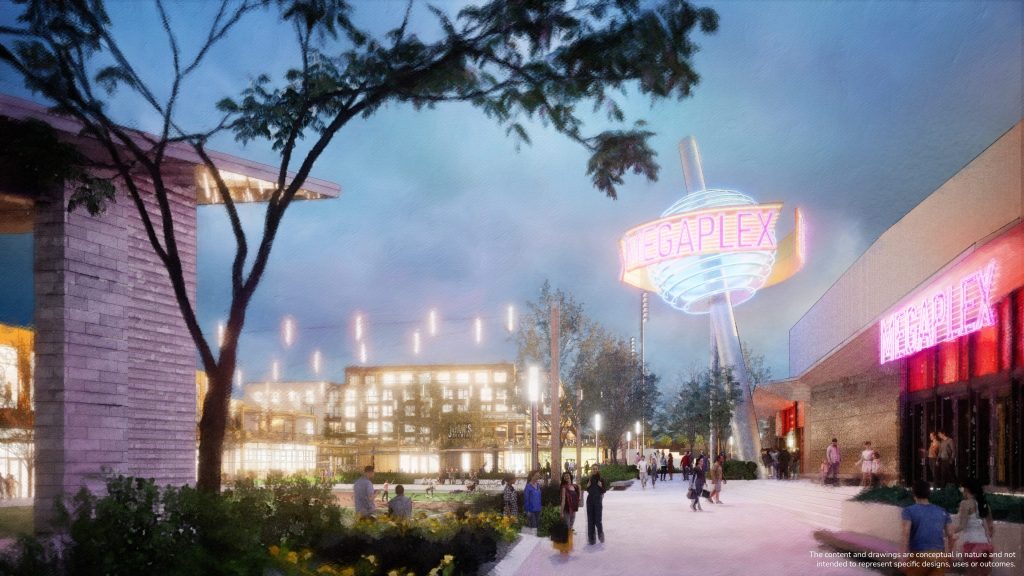Why Downtown Daybreak Matters (From a Resident Who Lives It)
Written By: Connor Anderson
I don’t just pass through Downtown Daybreak—I plan my days around it. Because it keeps dining, shopping, events, parks, trails, and The Watercourse within a short walk, it turns connection into a daily habit.
Quick links: Downtown Daybreak • Dining & Shopping • Events • Parks & Trails • Model Homes
A Daily Destination—Not Just a Weekend One
Most days begin with a short loop through the parks and trails. Then, I swing by SoDa Row for a coffee, wave to neighbors, and—if it’s concert season—head to America First Square’s Rio Tinto Kennecott Stage in Downtown Daybreak for live music (concerts are no longer on SoDa Row).
Urbanists call these beloved hangouts third places. In Downtown Daybreak, they naturally emerge: friendly patios, pick‑up spots, and pocket plazas where chats turn into friendships.

Walkability You Can Feel
Mixed‑use design brings essentials together, so I spend less time driving and more time living. I can grab essentials, explore dining & shopping, and detour to The Watercourse—all on foot. For a primer on why this works so well, read about mixed‑use development and walkability.
- Convenience: errands and meetups cluster into one loop.
- Well‑being: I get extra steps and fresh air without scheduling a workout.
- Belonging: casual encounters with neighbors become daily rituals.
What I Love Right Now in Downtown Daybreak
Megaplex Cinema Entertainment Center
Bowling night or movie night? Why not both. The new Megaplex Cinema Entertainment Center blends 8 screens (including MegaScreens), interactive bowling, and arcade games—plus dine‑in service and cozy heated recliners.
Salt Lake Bees at The Ballpark
Baseball belongs in the neighborhood. At The Ballpark at America First Square, I can walk to games, pick seats or decks that fit my crew, and browse the team store on the way. It’s a full evening without getting in the car.
Live Music, Bigger Lawn
Daybreak’s concerts have moved from SoDa Row to the Rio Tinto Kennecott Stage at America First Square. More lawn, room to dance, and easy access to food make summer nights feel like a neighborhood festival.
Great Eats: Moena Café, Hires Big H, & More Just Around the Corner
Moena Café brings island‑inspired breakfasts and brunch (hello, Lilikoi Mochi Pancakes), while Hires Big H serves classic Utah burgers and frosty mugs—both right in Downtown Daybreak.
Pro tip: Pair a Bees game with dinner at Moena or Hires, then cap it with bowling or a film at Megaplex. On concert nights, pack a blanket and make it a picnic.
Neighborhood Centers vs. Village Centers vs. Town Center
Daybreak intentionally layers three kinds of centers so daily life works at multiple scales. From my perspective as a resident, here’s how they differ and why each one matters.
Neighborhood Centers

Scale: Smallest and most intimate; roughly a 1/4‑mile walking radius that’s easy to cross on foot.
Typical anchors: Civic uses like a library, church, school, or day care. You may also find small offices, live/work units, and limited neighborhood‑serving retail.
Resident benefits: Safe, close‑to‑home places to gather; quick daily needs without a car; strong tie‑in with nearby parks and schools.
Village Centers (e.g., SoDa Row, North Shore Village Center)

Scale: A step up in activity—still local‑serving but more robust than a Neighborhood Center.
Typical mix: Supermarket or daily‑needs retail, cafés and restaurants, small offices, and mixed‑use buildings with residential or office above ground‑floor shops. Plazas and greens create natural gathering spots; generous sidewalks encourage strolling.
Resident benefits: Weekly staples and social time in one stop; lively main‑street energy; more reasons to walk or bike instead of drive.
Town Center (Downtown Daybreak)

Scale: The most intense, regional‑serving destination in the community.
Typical mix: Stadium and entertainment venues, larger-format retail, plazas and public spaces, with upper‑floor residences and offices—stitched together by highly walkable streets.
Resident benefits: A true “city center” experience close to home—bigger cultural moments, more jobs and services, and a strong identity for the whole community.
Why this layered system works: each center supports the next. Neighborhood Centers make everyday life easy; Village Centers add choice and vibrancy; and the Town Center ties it all together with regional‑scale experiences. Together, they reduce car trips, concentrate amenities, and turn errands into community time.
Community Happens Here (On Purpose)
Because Downtown sits at the center, it becomes the stage for everyday connection. I’ll bump into a builder rep I met while touring model homes, then run into friends heading to a pop‑up market. With regular programming on What’s Happening, community doesn’t feel like a special event—it feels like an everyday habit.
Try my resident loop: coffee on SoDa Row → errand in Downtown Daybreak → quick lap around the Watercourse → evening concert—all within a short walk.
If You’re New to Daybreak (or Daydreaming About It)
- Start at the Daybreak Info Studio to get oriented.
- Explore Downtown Daybreak and sample dining & shopping.
- Add a scenic lap of the Watercourse and nearby trails.
- Tour model homes and dive into Find a Home if you’re actively searching.
Pro tip: Check What’s Happening and time your visit with an event—you’ll feel the community energy instantly.
How I Actually Use Downtown Daybreak
Morning: Breakfast at Moena Café and a brisk walk through parks & trails.
Midday: Pick up a gift in Downtown Daybreak, swing by the Bees Team Store, then detour past The Watercourse.
Evening: Dinner at Hires Big H followed by a concert or a few bowling frames at Megaplex.
Plan & Share
Explore Downtown Daybreak See What’s Happening
Follow @daybreakutah and @LiveDAYBREAK for community highlights. Questions? Start at the Daybreak Info Studio.